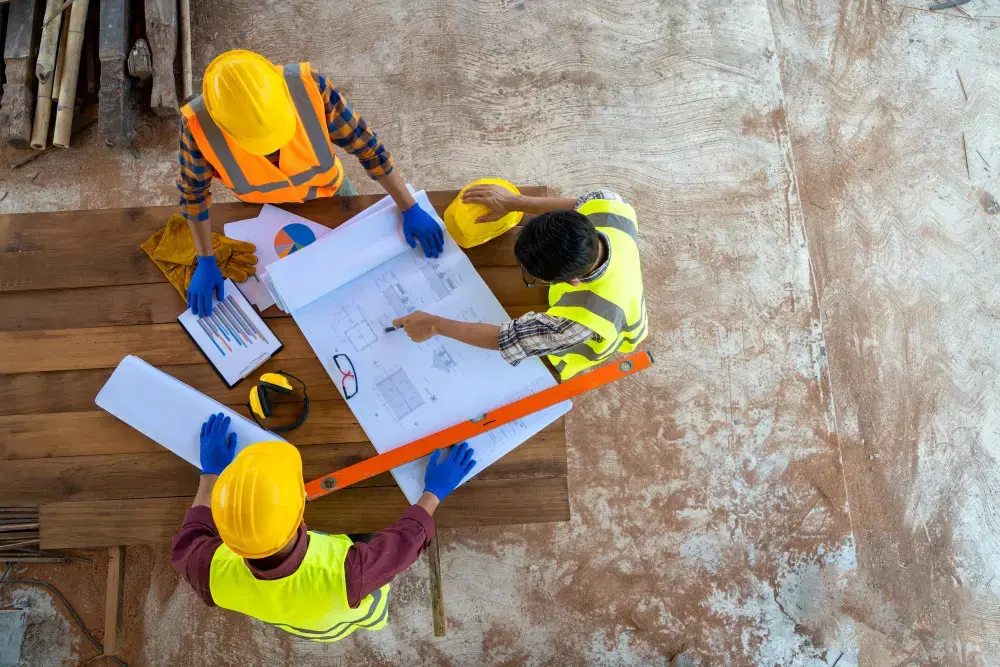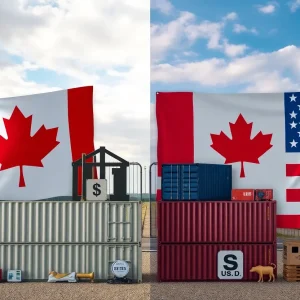USGS Intends to Carry Out Low-Level Surveys Over Pee Dee
RESTON, Va. – In a bid to visually represent the geological features of multiple regions in North Carolina, South Carolina, Virginia, and West Virginia, the U.S. Geological Survey (USGS) recently announced an initiative to carry out a sequence of low-level airplane and helicopter survey flights. The survey, which will commence in August 2024, may continue for approximately one year, provided no restrictions or hurdles posed by weather conditions or wildfires.
Goals and Methods of the Survey
The primary objective of these low-level flights is to capture images that can enhance the discernment of geology across the vast regions. These areas, selected due to their known and suspected mineral occurrences, would be digitally mapped, which could prove invaluable in unearthing both surface and subsurface geological highlights that were previously unbeknownst due to vegetation and unconsolidated rock cover.
Utilizing airborne geophysical technology, the plan is to map rocks and minerals at the surface across extensive regions. This would also potentially allow surveyors to assemble a map of the subsurface geology, where rocks may rest hundreds, even thousands of meters below the surface, based on their magnetic signatures. Such mapping can prove to be instrumental in enhancing comprehension of the geologic framework that hoards potential mineral resources.
Scope of the Survey
The survey extends to numerous counties within North Carolina, South Carolina, Virginia, and West Virginia. North Carolina’s regions include Alamance, Anson, Beaufort, and many others. Parts of South Carolina such as Cherokee, Chester, Chesterfield, among others, also come within the purview of the survey. The same extends to several regions of Virginia and West Virginia.
Technical Details
The acquired geophysical data will undergo processes to yield high-resolution, three-dimensional depictions of bedrock structure and composition, down to depths of over 3,280 feet (1 kilometer). The 3D models and maps thus developed will play a pivotal role in assessing critical mineral and geothermal resource potential, water resources, and groundwater pathways near legacy mining areas. An evaluation of natural hazards such as earthquakes and radon will also be made possible with the help of these geological portrayals.
Execution
The flights will set off from various airports within the survey areas. Based on adverse flying conditions, the flights could shift to other parts within the defined areas. Equipments mounted on the airplane will register variations in the Earth’s magnetic field along with natural, low-level radiation originating from different rock types below the surface and beneath the vegetation.
The USGS has contracted Dewberry and Sander Geophysics Ltd. (SGL) to gather data. The aircraft tasked with surveying will fly along pre-planned fight paths, maintaining a distance of about 300 feet (100 meter) above the surface. Populated regions will witness an increased ground clearance of 1,000 feet (300 meters).
The aircrafts will come installed with a scientific “boom,” a passive sensor housing which promises zero risk to humans, animals, or plant life. It’s notable that no photography or videography will be involved in the process. The final data will be publicly available and free of cost.









